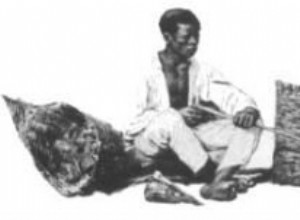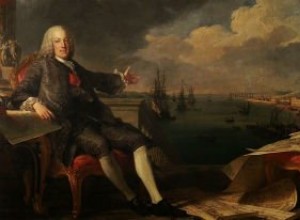The history of Brazil is full of important women who marked their time. They are Indians, whites, blacks, mulattos full of determination who made the difference in peace and war. 1. Dandara (? - 1694) - Warrior of the Quilombo dos Palmares Dandara was a black woman warrior, who excelled in the de




